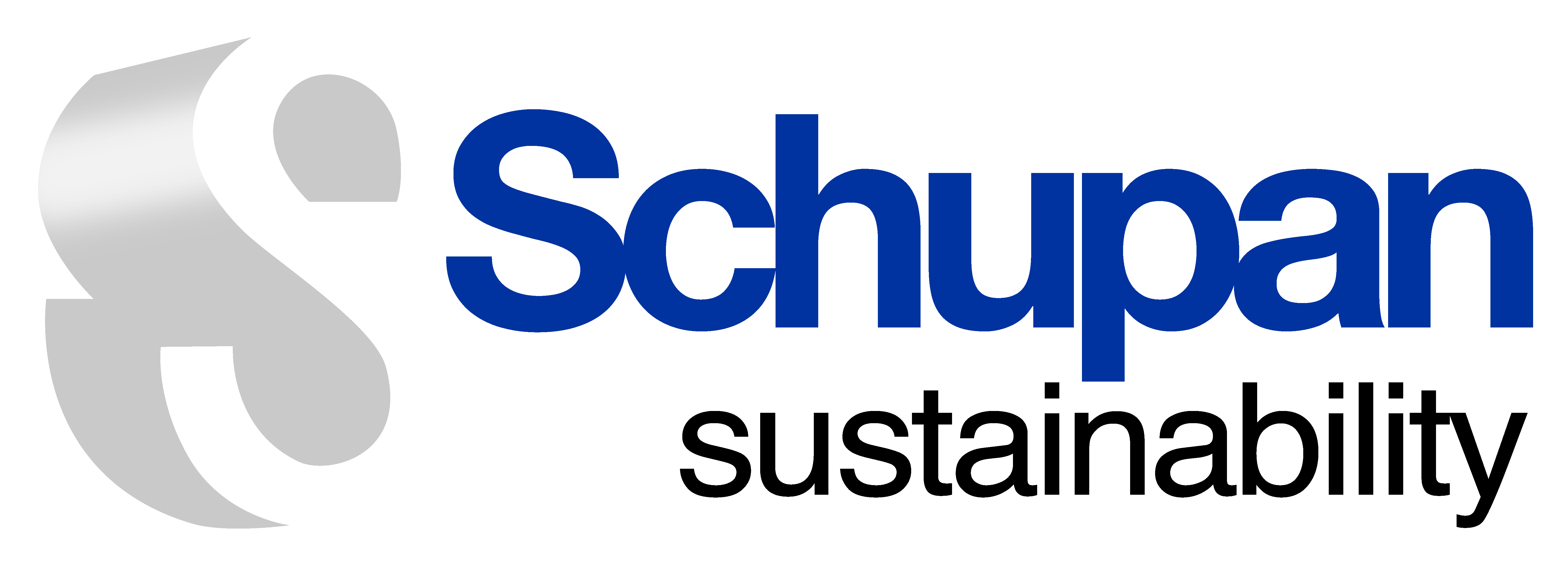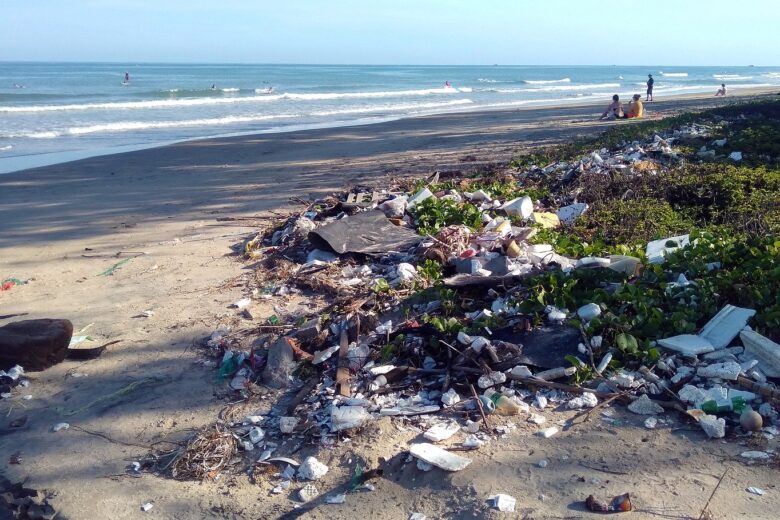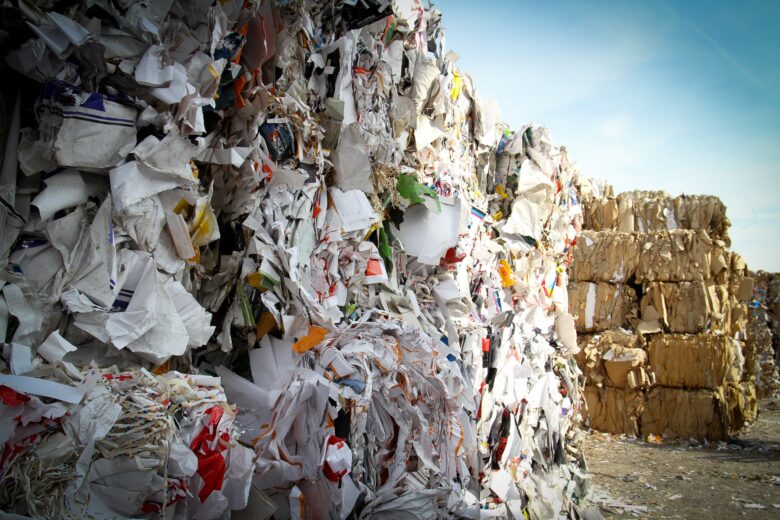Implementing a sustainability program is a long term commitment. More often than not, it involves capital investments, dedication from your staff and accountability. It’s important to understand all aspects of your program and assess its feasibility within your current operational structure. Your programs ultimate success will be largely based on the following considerations.
Budget
Like most business decisions, sustainability often boils down to money. There are a number of costs to consider when designing a program. These costs will be based on your long term goals and is the highest priority item to understand before moving forward.
- Capital Investments – Do you have to purchase equipment to get started or invest in a project, such as changing over lights to LED, that you’ll capitalize?
- Equipment – Does your new program involve purchasing a different type of equipment or resources such as new trash or recycling bins? A certain type of liner? Gloves? Light bulb?
- Maintenance – Depending on your program inclusions, you may have equipment that will need year round preventative maintenance. For example, if you have a waste reduction program, you might have a cardboard baler.
- Labor – Every sustainability program needs a point person and depending on your program design, you could need additional employees.
When creating your budget, contact your local sustainability company for a quote. Specialists in sustainability will be able to assist and guide you on your journey. Other organizations to contact include your local waste hauler – who may be able to provide recycling services and equipment – and your local utility company who can provide you information on your energy options. Reach out to your local city or county and ask for information on how the existing city infrastructure could support your program.
Labor
Sustainability takes time. If you don’t hire a full-time person to oversee your program, the oversight will be provided by an employee you already have on staff, which means a percentage of their workload will shift. Can this shift in workload be managed without compromising their other work? Do you need to hire a consulting company?
Traditionally three types of labor are involved in a sustainability program.
- Oversight. Your program will be the most successful if you have a designated person to work on the initiatives. It’s common for sustainability to fall through the cracks during the busy times and get forgotten about with more pressing matters. Having a dedicated person to execute the program will drastically increase the chances of the program being successful.
- General labor. The people who service your trash and recycling containers should be considered part of your sustainability team. These individuals are crucial to the recycling and compost success of your waste reduction plan. These laborers are also the most difficult to find and hire. The stigma related to changing trash and recycling bins emanates throughout our society.
- Specialized personnel. Parts of your program may require the hiring of specialized personnel or vendors. This is common with energy and carbon reduction programs when a more specific skill set or experience is required.
Geographic Location
The city, township, county, etc in which you are located will affect your sustainability program. Some local recycling programs do not accept glass. Others may not accept plastic film. Your location could affect your ability to bring in solar panels or work with your utility company to bring in renewable power. You may not have a compost facility within a reasonable distance. You could be located in more rural area where employees can’t access public transportation to work or ride their bike. You may be in an area with an abundance of wildlife that will change how you handle and store organic food waste or limit your ability to store the compost until it can be safely transferred off-site.
Before starting your sustainability journey, be sure to honestly and objectively assess its feasibility. Designing and creating your program based on these factors will set you up for success.





